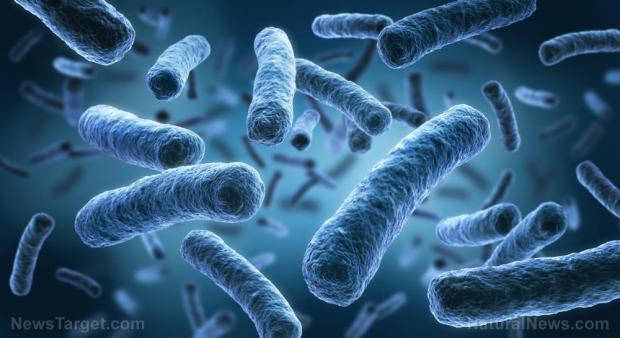
Breaking News
 Tether claims billions in profits as it grows 'secured loans'
Tether claims billions in profits as it grows 'secured loans'
 DC PANICS as Pam Bondi's Grand Jury CHANGES EVERYTHING!
DC PANICS as Pam Bondi's Grand Jury CHANGES EVERYTHING!
 Sydney Sweeney Ad Outrage & MAGA Memes: DNC Bankruptcy, Deep State Exposed! Trump 2025
Sydney Sweeney Ad Outrage & MAGA Memes: DNC Bankruptcy, Deep State Exposed! Trump 2025
Top Tech News
 3D printing set to slash nuclear plant build times & costs
3D printing set to slash nuclear plant build times & costs
 You can design the wheels for NASA's next moon vehicle with the 'Rock and Roll Challenge
You can design the wheels for NASA's next moon vehicle with the 'Rock and Roll Challenge
 'Robot skin' beats human reflexes, transforms grip with fabric-powered touch
'Robot skin' beats human reflexes, transforms grip with fabric-powered touch
 World's first nuclear fusion plant being built in US to power Microsoft data centers
World's first nuclear fusion plant being built in US to power Microsoft data centers
 The mitochondria are more than just the "powerhouse of the cell" – they initiate immune...
The mitochondria are more than just the "powerhouse of the cell" – they initiate immune...
 Historic Aviation Engine Advance to Unlock Hypersonic Mach 10 Planes
Historic Aviation Engine Advance to Unlock Hypersonic Mach 10 Planes
 OpenAI CEO Sam Altman Pitches Eyeball-Scanning World ID to Bankers
OpenAI CEO Sam Altman Pitches Eyeball-Scanning World ID to Bankers
 New 3D-printed titanium alloy is stronger and cheaper than ever before
New 3D-printed titanium alloy is stronger and cheaper than ever before
 What is Unitree's new $6,000 humanoid robot good for?
What is Unitree's new $6,000 humanoid robot good for?
 "No CGI, No AI, Pure Engineering": Watch Raw Footage Of 'Star Wars'-Style Speeder
"No CGI, No AI, Pure Engineering": Watch Raw Footage Of 'Star Wars'-Style Speeder
Scientists discover "electric" bacteria - can it lead to next-gen batteries & miniature pa

Called Geobacter sulfurreducens, the anaerobic bacteria possess a unique biological structure. This previously unidentified feature makes it possible for the microbe to conduct electricity.
Researchers believe it is possible to replicate the bacteria's natural structure and improve its ability to generate electricity. A refined synthetic version of the formation may power miniature electronics and make it possible to design tiny batteries with high capacity.
Medical technology stands to benefit from the bacteria-derived structure. The electricity-generating shape may make it possible to dispense with potentially harmful wires when designing pacemakers for the heart.
The discovery came from researchers at the University of Virginia (UVA). Their findings were published in the science journal Cell. (Related: Purple phototrophic bacteria being studied as a potential means to convert sewage to clean energy.)
This bacteria can release electricity through unique nanowire structures
Most bacteria possess hair-like pili. Electricity-generating microorganisms transmit their charge through these extended appendages.
Previously, experts believed that G. sulfurreducens used its pili to conduct electricity. But a team of researchers at the UVA's School of Medicine learned that this species evolved a different means of generating an electric charge.
G. sulfurreducens possesses a neat array of fibers made from another type of protein than the one found in pili. In turn, the protein envelops a "nanowire" of molecules that contain metals.
The nanowire resembles the power cord on electric appliances. The bacterial structure is far smaller, though – 100,000 such shapes can fit within the width of a human hair.
UVA researcher Dr. Edward H. Egelman believes that G. sulfurreducens' electricity-generating nanowire offers a way to connect electronics and living organic cells. He envisions a future generation of miniaturized electronic devices that run on electricity produced by G. sulfurreducens colonies.
"There are all sorts of implanted medical devices that are connected to tissue, like pacemakers with wires, and this could lead to applications where you have miniature devices that are actually connected by these protein filaments," explained Egelman.
He brought up potential uses such as bioenergy production and harvesting, cleaning up pollutants, and biological sensors.

 Anonymous Email Forwarding
Anonymous Email Forwarding 

